Language Symbols Page #2
This page lists all the various symbols in the Language Symbols category.
Symbols in this category:
Caret
Caret is an inverted V-shaped grapheme. Specifically, caret commonly refers to the spacing character ^ in ASCII (at code point 5Ehex) and other character sets that may also be called a hat, control, uparrow, or less frequently chevron, xor sign, to the [power of], fang, shark (or shark-fin), pointer (in Pascal), or wedge. Officially, this character is referred to as circumflex accent in both ASCII and Unicode terminology (because of its historical use in overstrike), whereas caret refers to a similar but lowered Unicode character: U+2038 ‸ caret. Additionally, there is another lowered variant with a stroke: U+2041 ⁁ caret insertion point
Certitude Point
An unconventional punctuation mark used to let the reader know that the writer is absolutely certain something is true.
Colon
The colon is a punctuation mark consisting of two equally sized dots centered on the same vertical line. In Unicode, it is encoded at U+003A : colon (HTML: :).
Comma
The comma (,) is a punctuation mark, and it appears in several variants in various languages
Degree Symbol
The degree symbol (°) is a typographical symbol that is used, among other things, to represent degrees of arc (e.g. in geographic coordinate systems), hours (in the medical field), or degrees of temperature. The symbol consists of a small raised circle, historically a zero glyph.
Ditto mark
The ditto mark (aka Stenoien Mark) (〃) is a typographic symbol indicating that the word(s) or figure(s) above it are to be repeated.
Doubt Point
An unconventional punctuation mark used when the writer wants to end a sentence with a skeptical tone.
Ellipsis
Ellipsis (plural ellipses; from the Ancient Greek: ἔλλειψις, élleipsis, "omission" or "falling short") is a series of dots that usually indicate an intentional omission of a word, sentence or whole section from the original text being quoted, and though necessary for syntactical construction, is not necessary for comprehension.
English alphabet
The modern English alphabet is a Latin alphabet consisting of 26 letters.
Exclamation Comma
An unconventional punctuation mark that allows the writer to use an exclamation point in the middle of a sentence.
Exclamation mark
The exclamation mark or exclamation point is a punctuation mark usually used after an interjection or exclamation to indicate strong feelings or high volume (shouting), and often marks the end of a sentence. Example: “Watch out!”
Citation
Use the citation below to add this symbols category to your bibliography:
Style:MLAChicagoAPA
"Language Symbols." Symbols.com. STANDS4 LLC, 2024. Web. 24 Apr. 2024. <https://www.symbols.com/category/17/Language+Symbols>.
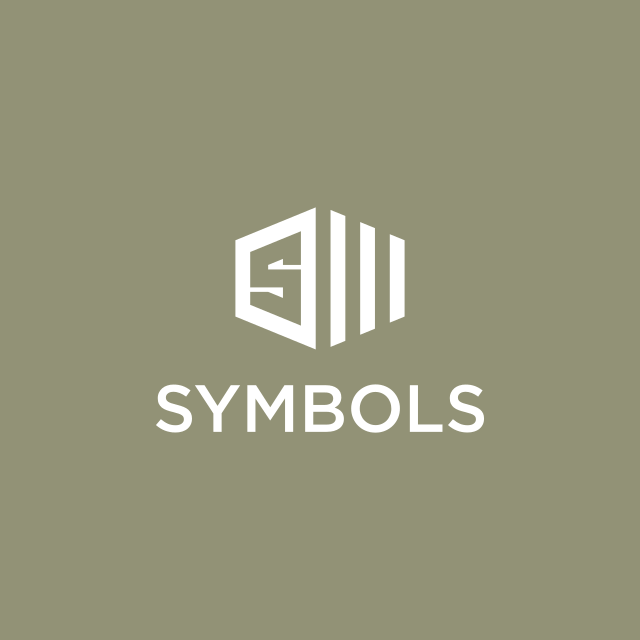
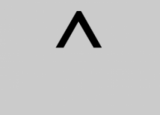
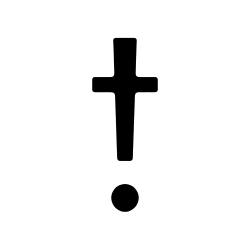
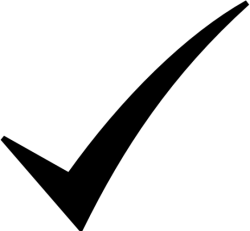
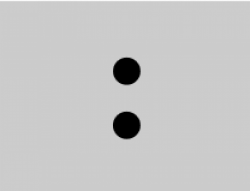
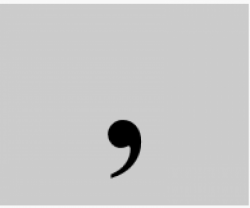
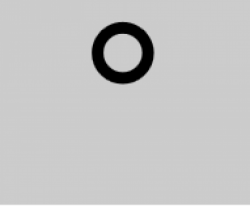
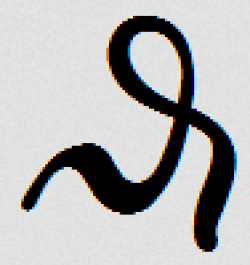
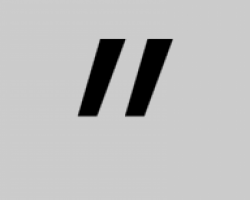
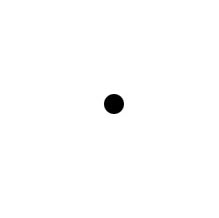
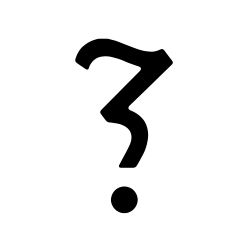
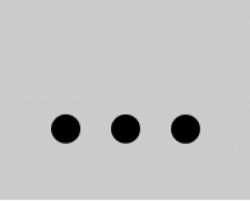
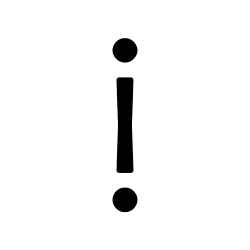
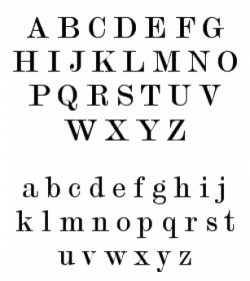
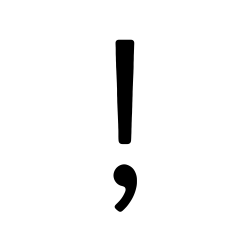
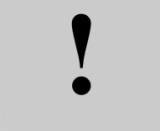
Have a discussion about the Language Symbols category with the community:
Report Comment
We're doing our best to make sure our content is useful, accurate and safe.
If by any chance you spot an inappropriate comment while navigating through our website please use this form to let us know, and we'll take care of it shortly.
Attachment
You need to be logged in to favorite.
Log In